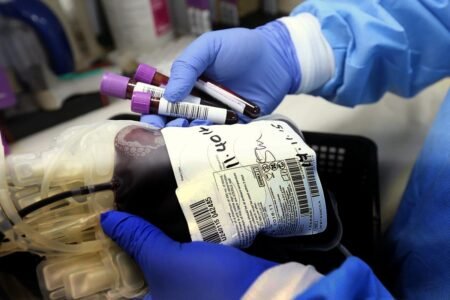What are legal highs, why are they a threat, and what should be done to tackle them – questions & answers
Advertisement
New psychoactive substances, also known as legal highs, can prove damaging or even lethal. With young people increasingly consuming more of them, the EU is monitoring more than 620 of them. On 8 June 2017 the European Parliament’s civil liberties committee vote on two separate proposals to help limit their use by speeding up their risk assessment procedure and re-assessing the definition of what drugs are.
What are legal highs?
New psychoactive substances or so-called legal highs are harmful substances often used in the EU, especially by young people, as alternatives to illegal drugs such as cocaine and ecstasy.
What are they for?
New psychoactive substances may have useful legitimate uses, such as for use in the chemical or high-tech industry or to produce new medicine. However, they also have the capacity to induce depression or stimulate the nervous system, resulting in hallucinations, alterations in motor function, thinking, behaviour, perception, awareness or mood.
How do people get hold of them?
They are sold in specialised shops or over the internet, but some are available from drug dealers.
How popular are these drugs?
The consumption of new psychoactive substances, mainly by young people, appears to be increasing in Europe. According to the 2014 Eurobarometer survey Young people and drugs, 8% of young people have used such substances at least once in their life, while in 2011 it was only 5%. The highest percentage was in Ireland (22%), followed by Spain and Slovenia (both 13%).
So it’s only a problem because young people use them?
The lack of reliable scientific evidence makes assessing the risks a real challenge.
Come again?
It’s a health, safety and consumer protection issue.
So why don’t member states ban them?
They were launched on the market too fast and authorities didn’t have enough capacity to respond quickly enough. In 2014 101 were reported in the EU compared to only 41 in 2010.
What can be done?
There can be swifter and more effective action at EU level. Substances suspected of being an immediate risk to public health would be temporarily withdrawn from the market, while their risk is being assessed.
Substances that are considered to pose severe risks would be subject to criminal law provisions, like illicit drugs are.
Source: European Parliament






